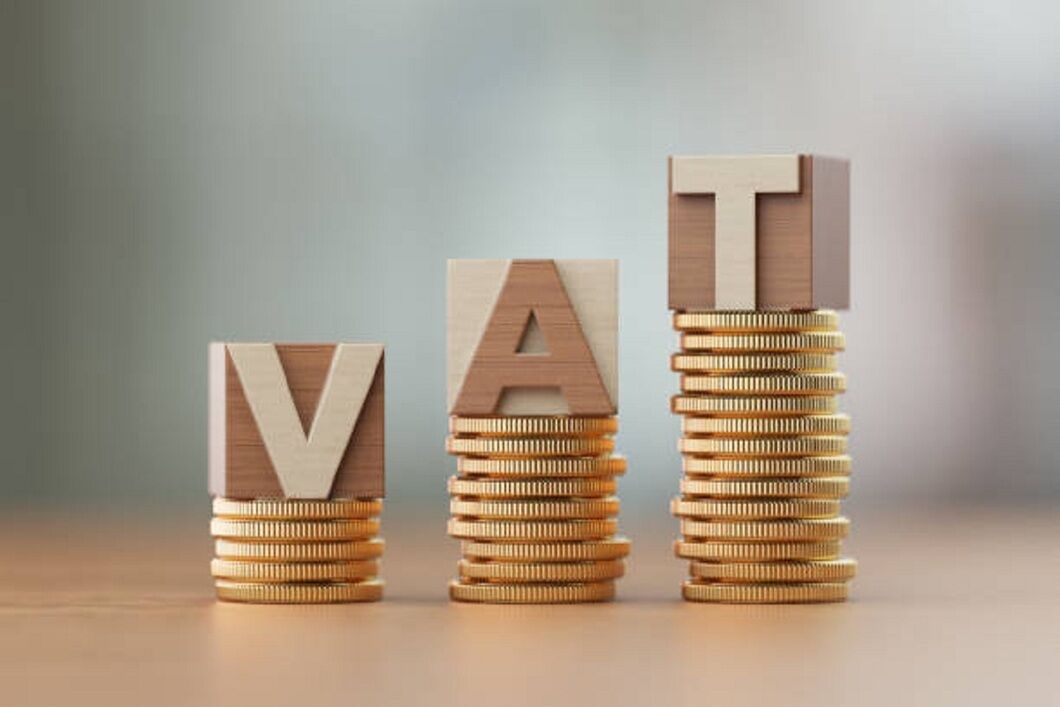7 Crore+ Customers

Affordable Premium

7 Crore+ Customers

Affordable Premium



In Gujarat, VAT is implemented much like in the rest of the country. For instance, a state raises the value added tax on products on which it wishes to decrease consumption and decreases or completely waives off where it wishes to increase its consumption. Through this blog, we will go into details on VAT in Gujarat so that you can make informed decisions before paying.
Value added tax or VAT is a common indirect tax levied on goods and services. A producer must pay the VAT to the government at every stage of the supply chain. Moreover, it applies only to a particular state, meaning the buyer and seller of the goods and products need to belong to the same state.
The Government of India introduced VAT on 1st April 2005 to bring transparency to the taxation system for goods and services. However, the state government implemented VAT in Gujarat on 1st April 2006. Moreover, the Value Added Tax Act provisions depend on which VAT is imposed on various goods and products within the state of Gujarat.
VAT rates in Gujarat on the goods and products depend on four categories. The list of things where VAT is applicable and these rates are explained below:
Schedules |
Applicable Goods or Services |
VAT Rates in Gujarat
|
Schedule II |
Agricultural implement which does not fall under schedule 1 |
4 paise for every 1 rupee |
Bamboo or articles made thereof |
||
Bicycles, tricycles, rickshaws, pedal rickshaws and the accessories thereof |
||
Betel nut and areca nuts |
||
Biscuits (unbranded) |
||
Bolts, nuts, screws, and fasteners |
||
Brass metal parts |
||
Bricks, roofing tiles |
||
Trunks, buckets, drums, |
||
Candles made of wax |
||
Gold, Silver, other precious metals; jewelry made of these precious metals; precious and semi-precious stones, pearls of any type |
1 paise for every 1 rupee |
|
Schedule III |
High speed diesel oil |
24 paise for every 1 rupee |
Gasoline for aviation |
26 paise for every 1 rupee |
|
Gasoline for aviation (after paying duty) |
13 paise for every 1 rupee |
|
Aviation turbine fuel(bonded) |
38 paise for every 1 rupee |
|
Aviation turbine fuel (after paying duty) |
13 paise for every 1 rupee |
|
Any motor spirit of any other kind |
26 paise for every 1 rupee
|
According to the VAT Act, any dealer or trader from Gujarat with a purchase turnover of Rs 5 lakhs or more is liable to pay taxes. Additionally, if an individual’s taxable turnover exceeds Rs. 10,000 in a particular financial year, even that individual is liable to pay VAT in Gujarat.
Individuals eligible to pay VAT should request registration under VAT Act. Dealers need to register their business and fill up Form 101 for registration along with other necessary documents to registration authorities. This can be done online through the official website of the Commercial Taxes Department, Gujarat. Individuals can follow the step-wise guide mentioned below:
Step 1: Log in to the official website of the Commercial Tax Department of the Government of Gujarat
Step 2: Click on the e-filing tab
Step 3: Duly fill in the form based on the requirements. There are 7 different types of forms, and they are:
Step 4: Upload 2 copies of all the necessary documents. The different documents required are:
Step 5: All these documents will be verified after submission. Further, a Gazetted Officer, Sales Tax Practitioner or an Advocate will verify these documents
Step 6: Post verification, an acknowledgement slip will be provided, which needs to be carefully maintained for future references
Dealers and business owners need to visit the official portal of the Gujarat Commercial Tax department. They can follow the steps below to make Gujarat VAT payment online:
Step 1: Sign up by providing details like firm name, email id and PAN card details
Step 2: Select the option for online payment methods
Step 3: The dealer needs to enter details like office address, appropriate taluk sub treasury, bank details from where the net banking will be done, etc.
Step 4: The dealer will now need to click on the confirm button after inputting all the details
Step 5: Portal will redirect individuals to the bank page for online transaction
Step 6: Post completion of payment, the bank will generate acknowledgement along with transaction ID and challan identification number
In Gujarat, dealers enjoy exemption in VAT taxes if their payment is more than Rs. 60,000 as per sections 40 and 41. Individuals can file for return against VAT payment in Gujarat with the following steps:
Step 1: Individuals need to login and register on the website.
Step 2: One must download the templates and duly fill them with appropriate data. These include Form 201, Form 201C, Form 203, and Form 204 and save on their devices.
Step 3: After saving the filled forms, one needs to upload them in .xls or .csv format.
Step 4: Post uploading, the individual can click on the generate acknowledgement to generate the slip.
The Government of India implemented the GST or Goods and services tax on 1st July 2017. This tax has replaced central, and state taxes like VAT levied on business owners and dealers. Through GST, one only has to pay during the end stage of the product. However, in the case of taxes like VAT, the state government imposed these on every step of the production of the goods and products.
GST removes the cascading effect seen in VAT and is also the same for every state, unlike VAT. Moreover, registering and paying GST online is far easier than paying VAT.
Even though GST has replaced VAT in most cases, it is important to know about it as the dealers and business owners need to know about these taxes while making payments during production. This was all the information related to VAT in Gujarat.